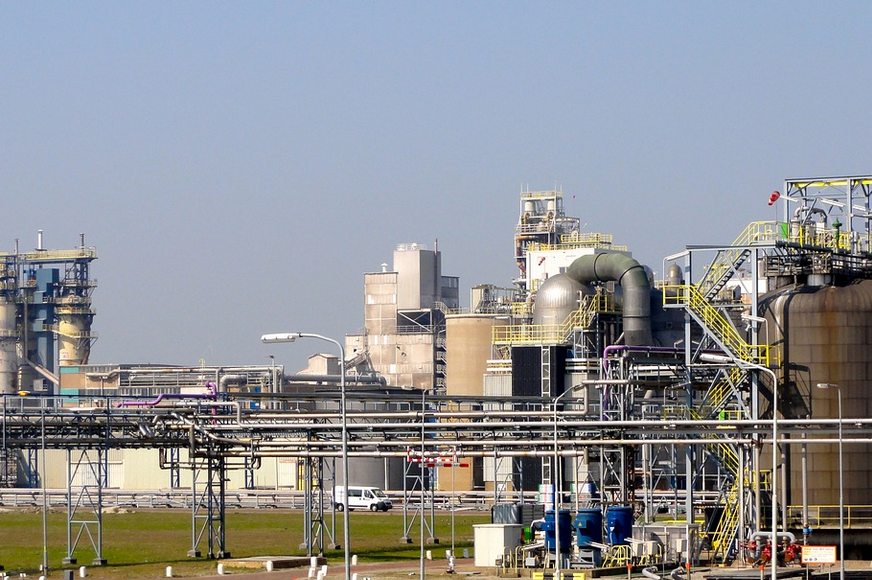Introduction
Chemistry is an important subject that requires a lot of calculations. One of the most challenging parts of chemistry is remembering the conversions. Conversions are important because they help us to change one unit of measurement to another. However, conversions can be confusing and difficult to remember. In this article, we will discuss some easy ways to remember conversions for chemistry.
Why Are Conversions Important?
Conversions are important in chemistry because they help us to change one unit of measurement to another. For example, we may need to convert grams to moles, or liters to milliliters. Conversions also help us to compare different units of measurement. For example, we may need to compare the mass of different elements, but they may be measured in different units. Conversions allow us to compare them on an equal basis.
The Metric System
Before we discuss conversions, it is important to understand the metric system. The metric system is a system of measurement used in most parts of the world. The metric system is based on units of ten, which makes it easy to convert between units. The basic units of the metric system are the meter (for length), the gram (for mass), and the liter (for volume).
Easy Conversions
There are some easy conversions that you can remember. For example, 1 liter is equal to 1000 milliliters. This is an easy conversion to remember because it is based on units of ten. Similarly, 1 kilogram is equal to 1000 grams. This is another easy conversion to remember.
Converting Between Units
To convert between units, you need to know the conversion factor. The conversion factor is a number that tells you how many of one unit are equal to another unit. For example, to convert grams to moles, you need to know the conversion factor for the molecular weight of the substance. The molecular weight is the sum of the atomic weights of all the atoms in a molecule.
Using Dimensional Analysis
One way to remember conversions is to use dimensional analysis. Dimensional analysis is a method of converting units that uses multiplication and division. To use dimensional analysis, you need to know the conversion factor and the units you are converting between. Then, you can set up a proportion and solve for the unknown.
Practice, Practice, Practice
The best way to remember conversions is to practice. You can practice by doing lots of problems and using flashcards to help you remember the conversions. You can also create a cheat sheet with all the conversions that you need to remember.
Conclusion
Remembering conversions for chemistry can be challenging, but it is essential for success in the subject. By understanding the metric system, learning easy conversions, and using dimensional analysis, you can easily convert between units. The key is to practice and keep practicing until you have the conversions memorized.

